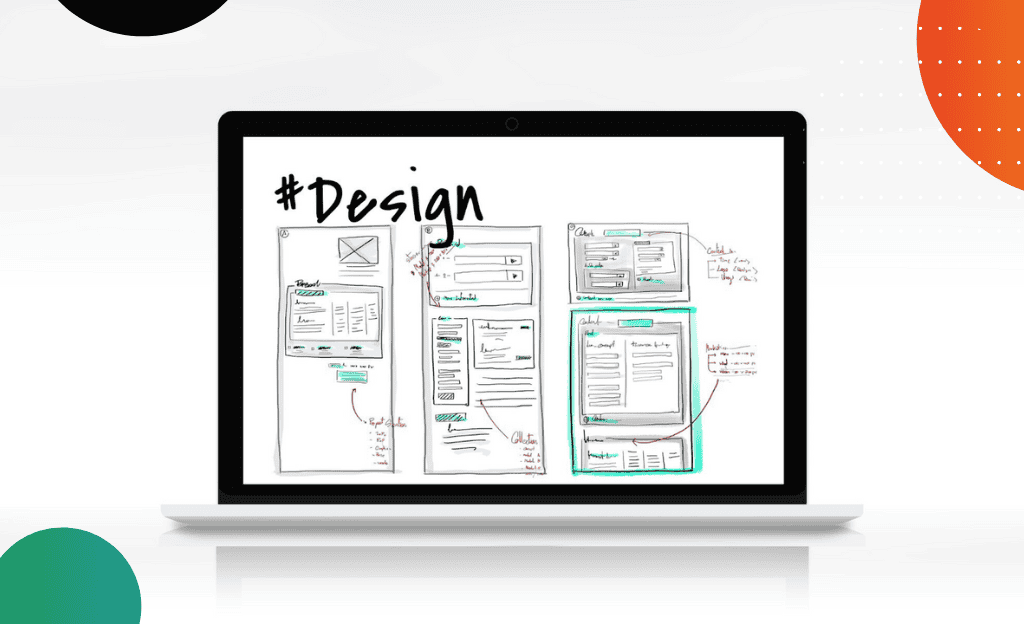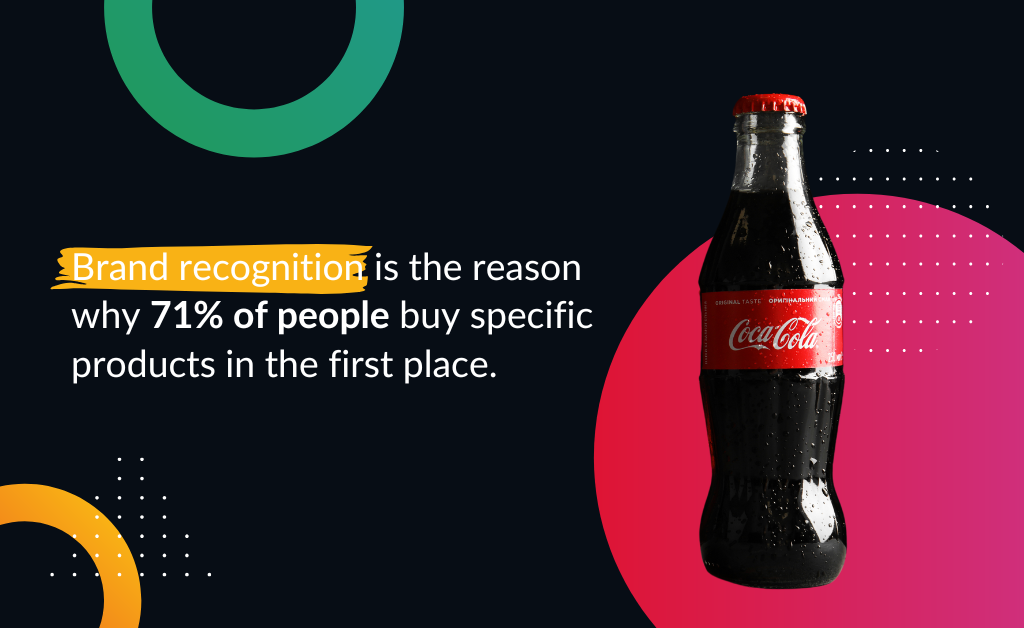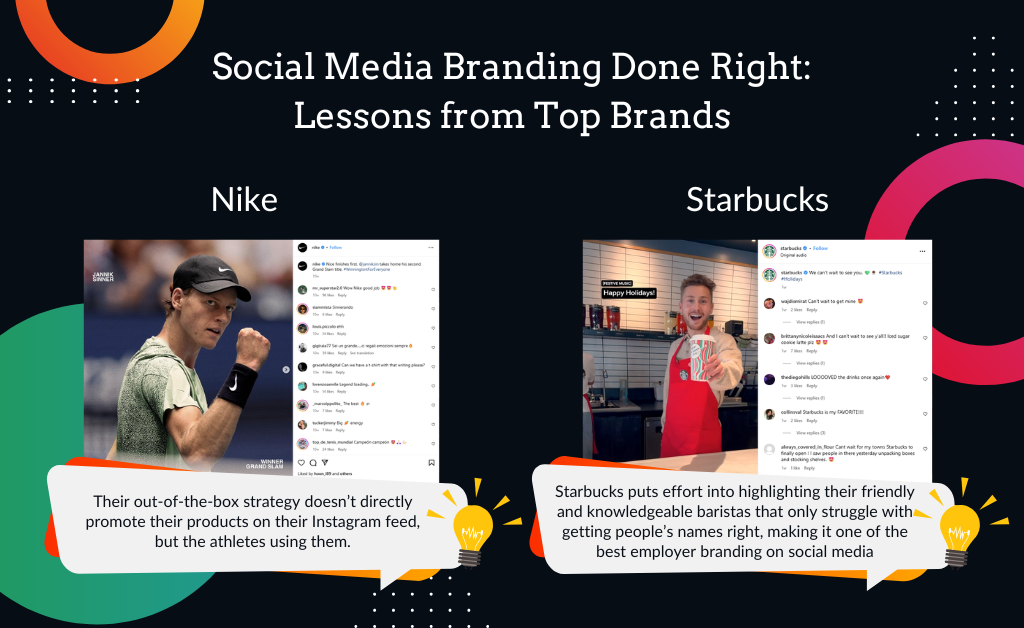Design Consistency: The Key to a Cohesive Brand Experience

To truly stand out, your brand requires more than just an exceptional product or service; it needs a cohesive identity that fosters trust and recognition. Achieving this is best accomplished through consistent design.
Whether it’s your website, social media, packaging, or printed materials, maintaining a consistent design across all platforms is crucial for creating a unified brand experience. In this post, we’ll explore why design consistency is essential for brand perception, how to audit your design elements, and the tools and tips you can use to maintain a consistent look across all media. Let’s get started!
Why Design Consistency Matters for Brand Perception
Design consistency means using the same visual elements-such as colours, fonts, logos, and imagery-uniformly across all platforms. This ensures that every interaction a customer has with your brand feels cohesive and professional, whether they’re browsing your website, scrolling through your social media, or holding your business card.

Here’s why consistency is so important:
- Builds Trust and Credibility: People tend to trust brands that appear professional and reliable. When your design elements are consistent, it shows that you have a strong, organised identity. This can build customer confidence and make your brand more trustworthy. On the flip side, inconsistency in design can make your business look disorganized or amateurish, which can lead to a loss of trust.
- Enhances Brand Recognition: Consistency helps people remember your brand. When they repeatedly see the same design elements-colours, fonts, and logos-across different platforms, it strengthens brand recognition. Think of major brands like Starbucks or Apple. Their design is instantly recognizable because they use the same visual elements consistently everywhere.
- Creates a Cohesive Customer Experience: A unified design makes it easier for customers to connect with your brand. Whether they’re interacting with your website, social media, or physical products, consistency in design ensures a smooth, cohesive experience. Customers are more likely to engage with a brand that feels familiar and reliable across all touchpoints.
- Reinforces Your Brand Message: Every element of your design communicates something about your brand’s personality. Consistency ensures that this message is clear and uninterrupted. If your website design says one thing (e.g., modern and sleek), but your social media posts tell a different story (e.g., playful and casual), it can confuse your audience and weaken your overall brand message.
How to Audit Your Design Elements Across Platforms

The first step toward design consistency is to audit your existing design elements. This helps you identify any areas where your branding might be inconsistent or unclear.
Here’s a step-by-step guide to auditing your design:
1. Gather All Your Brand Touchpoints
Collect all the materials where your brand appears, including:
- Website
- Social media profiles (Facebook, Instagram, LinkedIn, etc.)
- Printed materials (business cards, brochures, packaging)
- Email newsletters
- Advertising (both digital and physical)
Look at how your brand elements-logo, colours, fonts, and images-are used across each platform. Are they consistent, or do they vary from one medium to the next?
2. Evaluate Key Design Elements
Check for the following design elements and see if they are used consistently:
- Logo: Is the same version of your logo used across all platforms? Does it appear in the correct size and in the right colours?
- Colour Scheme: Are your brand colours consistent across digital and print media? Use the same HEX, RGB, and CMYK codes for accuracy.
- Fonts: Are the fonts you use for headlines, body text, and call-to-actions the same across all platforms?
- Imagery: Do your photos and graphics align with your brand’s tone and style? Are they edited in a similar way, with consistent filters or colour grading?
3. Identify Inconsistencies
As you audit, make a note of any inconsistencies. For example, you might find that your logo is different on Instagram compared to your website, or that your business cards use a different colour palette than your brochures. These discrepancies can confuse your audience and weaken your brand identity.
4. Create a Plan to Fix Inconsistencies
Once you’ve identified the inconsistencies, create a plan to unify your design elements. This might involve redesigning certain materials to align with your current branding, or updating older assets to match your brand’s latest guidelines.
Tools and Tips for Maintaining Design Consistency

Consistency doesn’t happen by accident-it requires the right tools and processes. Here are some tips and tools to help you maintain design consistency across platforms:
1. Develop a Brand Style Guide
A brand style guide is your roadmap to consistency. It outlines all the design elements that make up your brand, including:
- Logo usage: Rules for how and where to use your logo, including minimum size requirements and correct colour variations.
- Colour codes: The exact HEX, RGB, and CMYK codes for your brand’s primary and secondary colours.
- Typography: Guidelines for which fonts to use and where (e.g., headline font vs. body font), along with sizes and spacing rules.
- Imagery: Guidelines for the type of images you should use (e.g., product shots, lifestyle imagery) and how they should be edited to maintain a consistent look.
By creating a style guide, you give everyone involved in your branding-designers, marketers, and even external agencies-a clear set of rules to follow, ensuring consistency across the board.
2. Use Design Tools to Manage Assets
Design tools can help you organise your brand assets and ensure that they’re used consistently. Some useful tools include:
- Canva: Canva allows you to create brand kits that include your logo, colours, and fonts. You can share these kits with your team to ensure they’re using the correct elements in all designs.
- Adobe Creative Cloud Libraries: If you use Adobe products, their Creative Cloud Libraries let you store and share brand assets like logos, fonts, and colours with your team.
- Google Drive or Dropbox: These cloud storage platforms can be great for keeping your brand assets in one central location, making them easily accessible to anyone working on your designs.
3. Set Up Templates for Common Materials
Create design templates for materials that you use often, such as social media posts, email newsletters, or business cards. Templates ensure that your brand elements are consistently applied, even when different people are creating content. For example, having a pre-designed template for Instagram posts ensures that your fonts, colours, and layout are always aligned with your brand’s identity.
4. Regularly Review and Update Your Design Elements
Your brand will evolve over time, so it’s important to review your design elements regularly to ensure they’re still aligned with your current branding. Conduct a design audit every six months to a year to catch any inconsistencies that may have crept in and update your brand style guide if necessary.
Conclusion: How to Achieve and Maintain Design Consistency Across Media
Achieving and maintaining design consistency across all platforms is essential to building a strong, recognizable brand. Here are the key steps to ensure your design stays consistent:
- Audit Your Current Design Elements: Review all your brand touchpoints-digital and physical-and identify any inconsistencies in your logo, colours, fonts, and imagery.
- Create or Update Your Brand Style Guide: Develop a comprehensive style guide that outlines the rules for using your brand elements consistently across all platforms.
- Use Design Tools and Templates: Leverage tools like Canva or Adobe Creative Cloud to manage your brand assets and create templates that make it easy to maintain consistency.
- Regularly Review and Adjust: Periodically review your branding to ensure that all your design elements are still aligned with your overall brand identity.
Consistent design isn’t just about looking good-it’s about creating a seamless experience for your audience that builds trust, recognition, and loyalty.
Ready to take your brand to the next level? Contact Sanders Design today for expert guidance on achieving design consistency across all platforms and creating a cohesive brand experience.


Author: Martin Sanders
I empower businesses to connect with their customers and boost sales. Ready to take your revenue to new heights? Get in touch with me today, and let’s make it happen!


